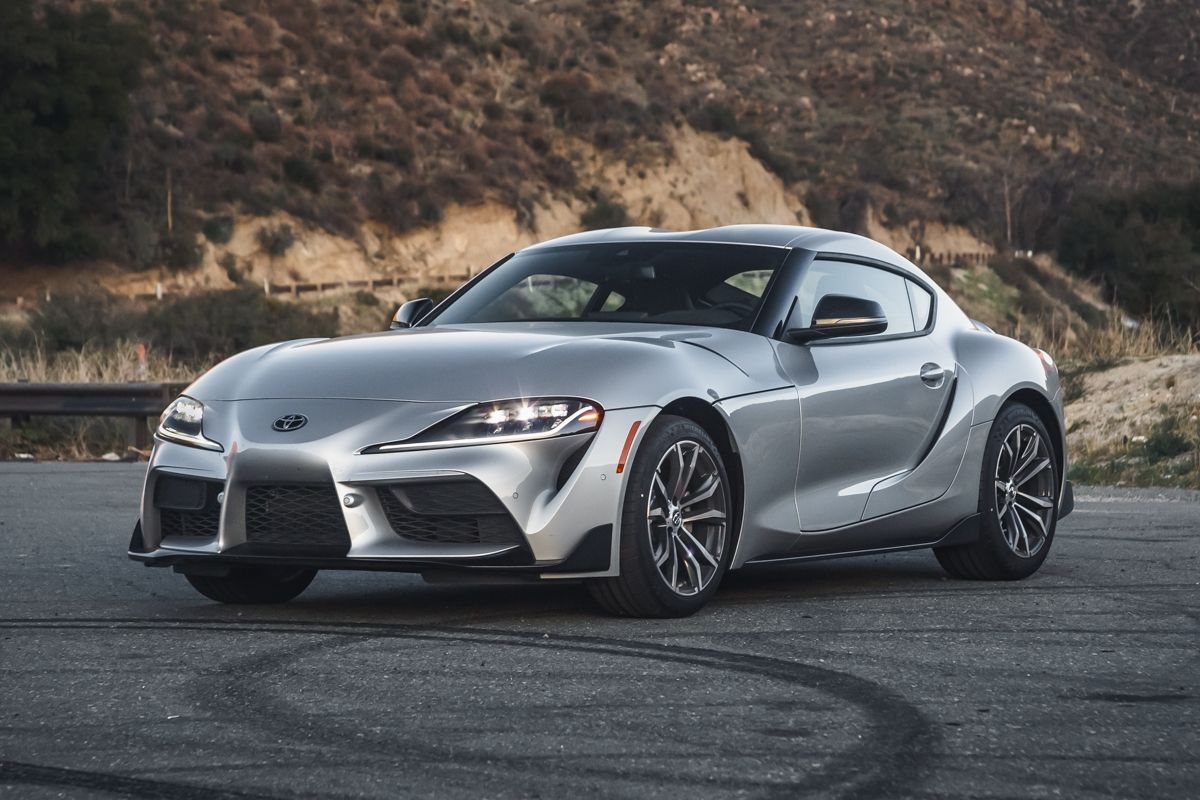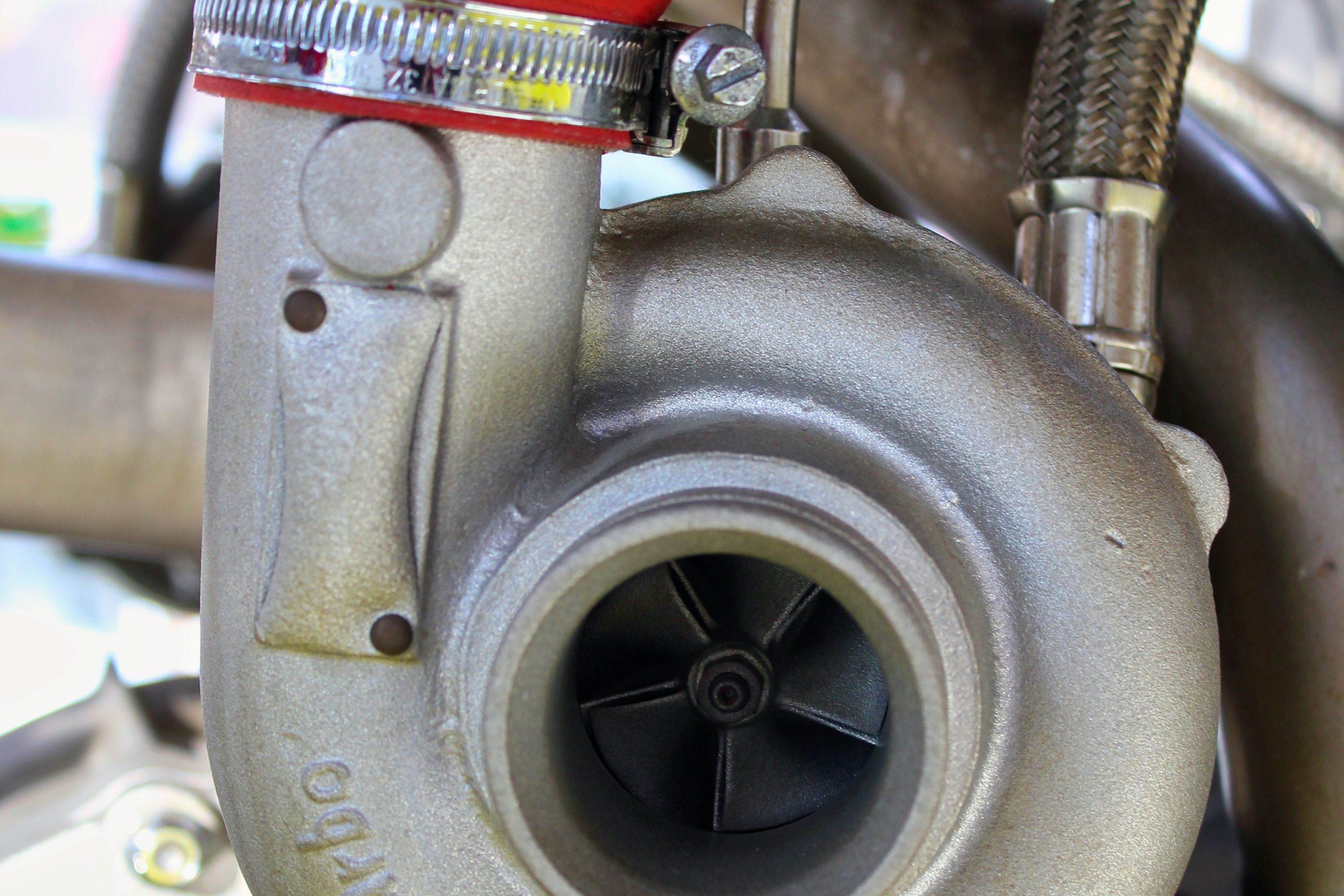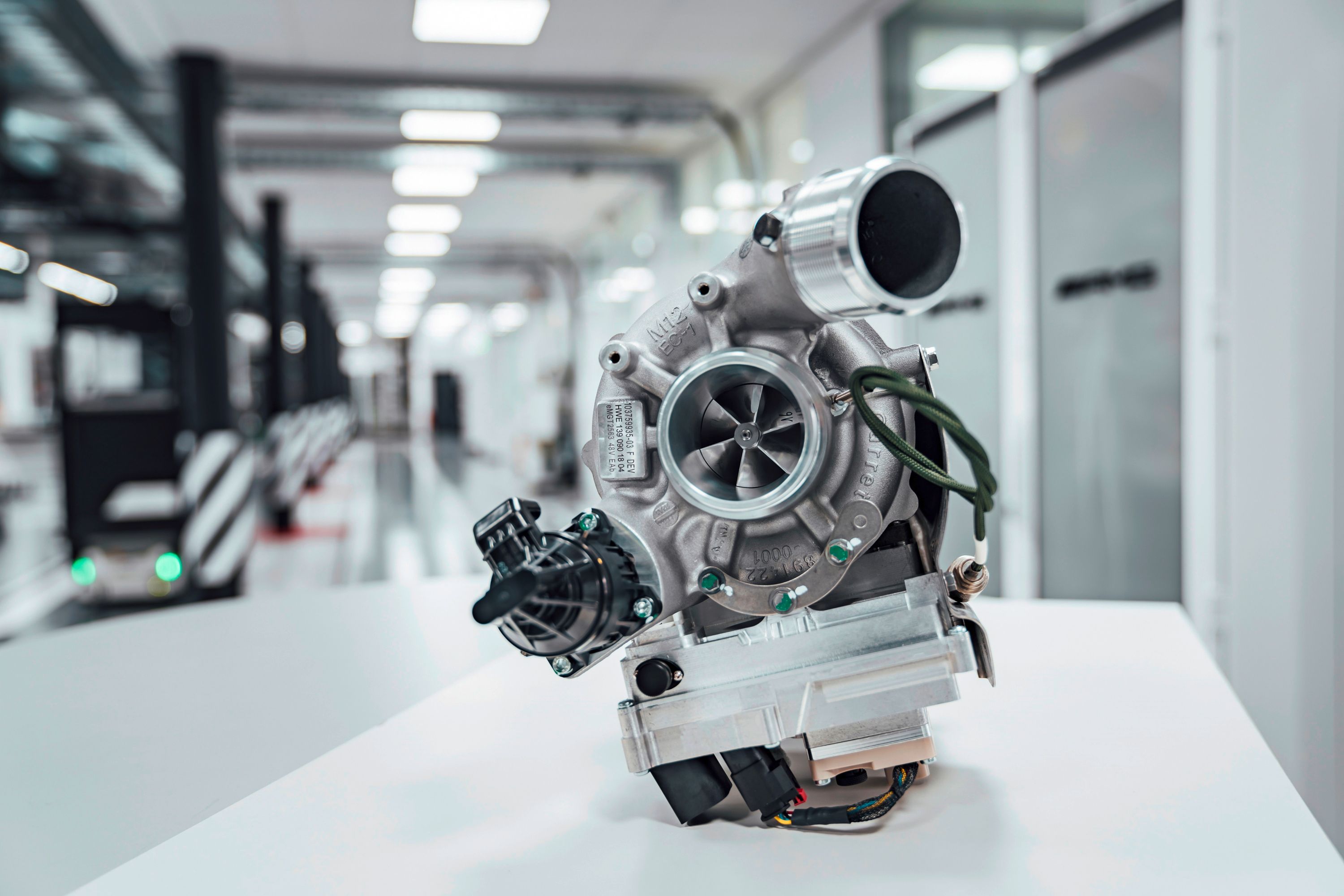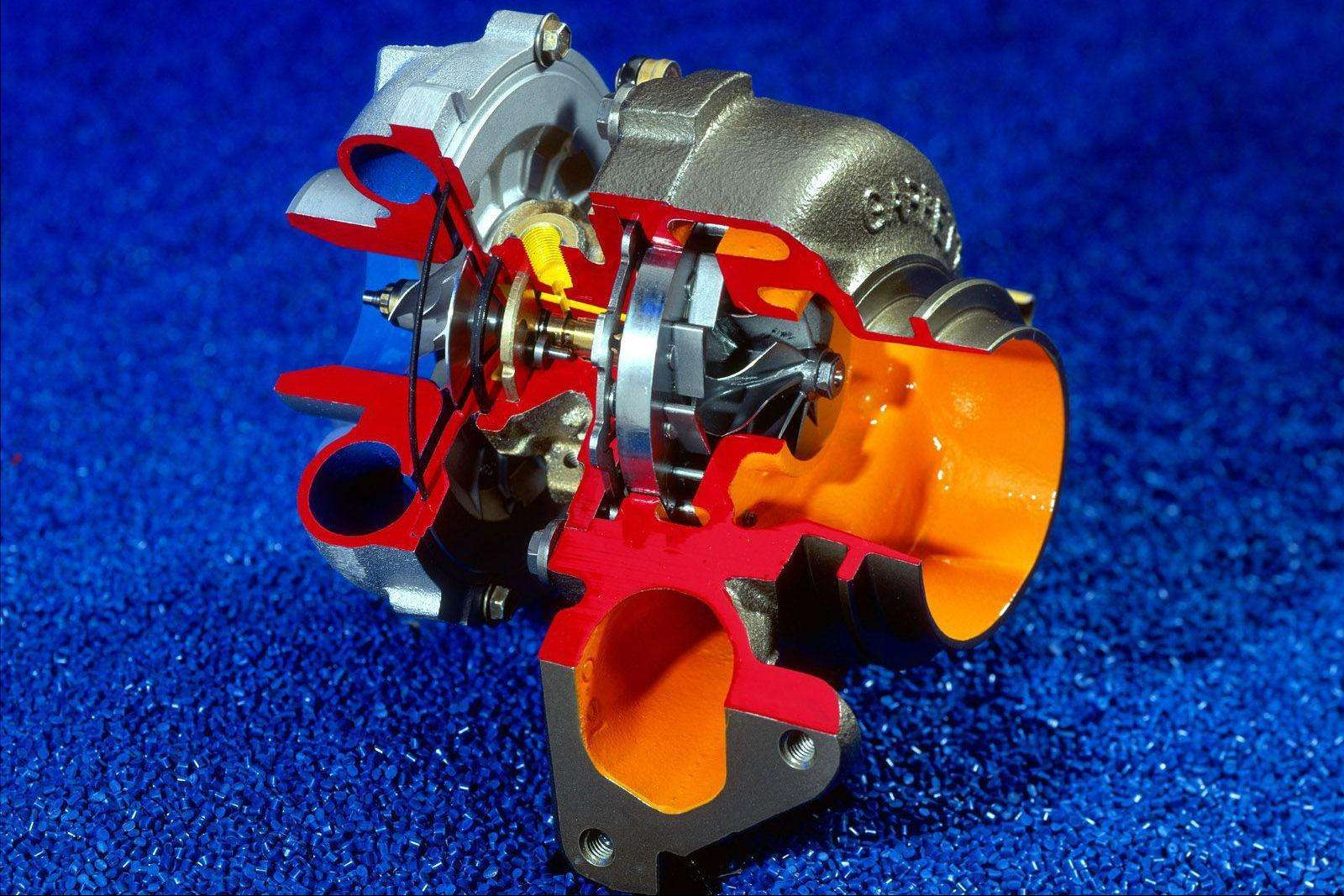You've probably heard the term turbo lag before, but if you've driven a modern turbocharged car, like any current BMW model, you've likely not experienced it or not noticed it. These days, it's something that is far more common in the aftermarket when heavily modified cars are fitted with larger turbos than they were originally intended for, but whether you experience turbo lag in an old car or a new one, the experience is roughly the same. In this article, we'll discuss what turbo lag is, what causes turbo lag, and how tuning and other means can resolve it. We'll also discuss the common misconception and the difference between turbo lag and boost threshold.
What is Turbo Lag?
Turbocharger lag is typically defined as the poor throttle response you experience in a turbo car, where the car accelerates slowly until the turbo has spooled up. Once the turbo is up to speed, there tends to be a rush in power and acceleration (assuming that your throttle inputs have remained roughly the same from the moment you started accelerating). To better understand the definition of a turbo and how it works, you can read our in-depth article on various types of turbochargers and the principle of how a turbocharger works. But for the purposes of this article, we'll assume that you already know how turbocharging works.
Once a turbo is within its operating range - i.e. the rev range in which there is enough exhaust pressure flowing through the turbo compressor for it to generate intake pressure - turbo lag is the delay between when you apply the throttle and when the turbo spools up and force-feeds air into the intake and combustion chamber. Think of it as the time you wait for the engine to get the message and respond to you asking for more power.
What Turbo Lag Isn’t...
It's often thought that the time you wait for the turbo to get into this operating range is turbo lag, but this isn't the case. A turbo isn't always switched on, and when the engine is in a lower rev range than the turbo can operate at, this is when the turbo is below its boost threshold. Turbo lag only describes the delay in response when the turbo is above the boost threshold.
Manufacturers have lowered the boost threshold of modern cars and have used smaller turbos to make the power more usable and easily accessible, but they also rely on the small range below this threshold to help reduce gas mileage readouts in fuel economy tests.
What Causes Turbo Lag?
The root cause of turbo lag stems from the complexity a turbocharger adds to an engine. More moving parts require more time to get up to speed, adding extra links in the chain between putting your foot on the gas and the engine giving you more power. That's the basic reason behind it and the reason why a turbocharged car will almost always have a greater delay in its power delivery than a naturally aspirated one. However, there are several factors that can all contribute to how much turbo lag you experience.
Reasons for Excessive Turbo Lag
Excessive turbo lag is a sign that a car has been tuned poorly, is running badly, or has parts not directly suited for the application - for example, an oversized turbo.
A car that has been tuned poorly can cause turbo lag through a number of factors. Commonly, if the turbo is correctly sized for its application, turbo performance can be hindered by poor fuel, incorrect injectors, oversized boost pipes, negative timing pull, or even low compression in any cylinder in the engine. Bad software tuning can also be to blame, but unless you notice physical evidence of a turbo failure, it is usually best to inspect other areas of the vehicle first, especially if turbo lag is a new issue.
Turbo lag can also be caused by a damaged turbo. A turbo that has an oil leak may overheat quickly and thus not perform optimally, but other mechanical issues can be at fault too. A torn or detached boost pipe can leak air and cause turbo lag, as can a blocked intake, a faulty intercooler, or even a loose wastegate or boost actuator.
Another possible cause is an oversized turbo, something that was especially common in sports cars of the 1990s and race cars of the 1980s when turbocharging became an easy way to extract more performance. If a turbo is too small, then at higher rpm, the turbo will overspin or over spool, leading to catastrophic failure of the turbo. A small turbo is great for throttle response since it spools up quickly but is poor when it comes to producing power, especially at the higher end of the rpm range. To get around this, manufacturers would typically fit a larger turbo, and the benefits in motorsport, where low-rpm throttle use is minimal, are very effective, but if the engine doesn't have enough displacement and natural power to spool the large turbo up, the car can be effectively undrivable.
Why is Turbo Lag Bad?
There are several reasons that turbo lag is frowned upon:
- Poor throttle response - When driving a car and you put your foot on the gas, it's because you want the power at that moment. By the power delivery being delayed, it makes it tricky to predict the behavior of a car. For example, if you need to get out of a dangerous situation by rapidly accelerating, the delay in power arriving can mean you aren't able to evade danger in time.
- It upsets chassis balance - When a strong turbo finally comes into boost, the introduction of power to the driving experience can be very sudden and make a car difficult to drive. You may apply more throttle than necessary after being falsely tricked into thinking there isn't enough power, resulting in a sudden rush that can overpower the wheels. Alternatively, and relating to the throttle response point above, if the power arrives at the wrong time and very suddenly - in the middle of a corner, for example - it can upset the balance of a car and induce understeer or oversteer.
These days, most manufacturers tend to find ways of enhancing spool-up with larger turbos to negate these effects, but they are never hidden completely.
How Do I Fix Turbo Lag?
The cause of the turbo lag issue is what needs to be addressed, and as you have seen, there can be many possible reasons for a turbocharged car to behave erratically. If it's a problem caused by failed or damaged components, then obviously those need to be replaced. But what if you have a modified car where everything works as it should but your car is suffering from lag due to the size of the turbo?
In this case, there are a few avenues you can explore on how to reduce turbo lag but the easiest way is to simply get the turbo that your engine is best suited for. Many different sites can help you work this out based on your engine's displacement, volumetric efficiency, and ideal rpm. For example, a highly responsive rotary engine that needs high revs to be semi-reliable will perform better with a large turbo or two small ones than with one small turbo.
Here are a few of the available means of counteracting turbo lag:
Anti-lag
A feature that can be activated through tuning of the engine control unit (ECU) is anti-lag. Of course, not all cars can access this option with the stock ECU, but for those that can, an anti-lag system - most commonly used in rallying - keeps the turbo spinning when the driver is off the throttle. This helps ensure that the turbo is always "in boost" and ready to be deployed when you get back on the throttle. This can be achieved by retarding the ignition timing of the motor while fuel is still being pumped through the system and out of the exhaust. As this excess fuel burns and creates more explosions, the turbo is kept spinning. However, a true anti-lag turbo system like this is not very good for the longevity of any components. The excess fuel can cause bore wash and the explosions being pushed through the turbo (which never really slows down) can see the turbo fail. The constant pressure without any release can also place higher strain on the engine and turbo components. As a result, manufacturers avoid this method on mainstream, mass-production vehicles.
Two-step
This is often confused with anti-lag, but a two-step system is essentially a secondary rev limiter that is in action only when launching the car. As such, it is favored by drag racers and is often seen on purpose-built Toyota Supras. It gets the turbo spooled up very effectively but is not launch control - true launch control manages wheel slip as much as power output. Once the car launches, the two-step system stops working. This makes it less harmful to various mechanical components but also means that when inactive while the engine is operating at low rpm, you have lag again. Both anti-lag and two-step systems are characterized by a popping, banging sound, which is why they are so often confused.
Wastegate manipulation
Whether done by tightening the actuator on the wastegate or fitting a tighter spring, the wastegate is where your boost is controlled. Allowing extra boost to escape lower down in the rev range can mean better performance at low rpm, but you will lose out on the full capabilities of your turbo at higher rpm unless you tune the car to suit.
Nitrous oxide
Nitrous oxide (or NOS) burns at a much faster rate than regular gasoline, so injecting small amounts of this gas into the combustion chamber will result in a much more dramatic explosion and thus more power. This causes the engine to accelerate its progress up the rev range, thus getting into the powerband of the turbo sooner. However, failed check valves and solenoids, incorrect nitrous bottle temperatures, or just misuse can result in a much more extreme failure than, say, a broken turbo.
Twincharging
We discuss the differences between a turbo and a supercharger in a separate article. We also explain the ins and outs of what twincharging is and how a twincharged setup works. What you need to know here is that the supercharger elements of a twincharger powertrain essentially fills in the low-rpm gaps before the turbo reaches optimal boost levels, but this system is generally complex and is not very common as a result only used in a few modern cars like the Volvo S90 or the Zenvo ST1.
Twin-Scroll Turbochargers
The use of twin-scroll turbochargers is a simple, effective way to reduce the amount of turbo-lag experiences. Not to be confused with twin-turbos, a twin-scroll turbocharger is essentially split into two veins within the housing. A narrow vein improves initial response while the larger one is able to cater to the upper end of the rev range and produce more power for an extended period. This is most commonly used by a manufacturer like BMW on anything it badges as 'Twinpower'.
E-Boosting
Manufacturers have realized that while turbos are efficient at scavenging waste to create power, lag is an issue. Some manufacturers now use mild-hybrid systems with a 48-volt battery that powers what they call an electric supercharger or electric turbocharger. Essentially, this is an electric compressor that is able to spool up either the turbo or feed the engine directly, at least until such time as the turbo has spooled up to its ideal speed. This is used on the Audi SQ7 and the Mercedes-AMG E53.
Turbo Placement
By placing the turbos closer to the engine, you reduce the distance exhaust gases have to travel before reaching the turbo. Less distance = quicker spooling and less lag. Manufacturers do this in a few ways. The most common is on V engines, where they equip turbos in a manner called 'hot vee' - placing them between the two banks in very close proximity as seen in the Mercedes-AMG GT. The other is usually used on inline engines where the exhaust manifold is cast into the head of the engine itself. This means the turbo can be bolted directly to the head, minimizing distance and maximizing efficiency.
Symptoms of Turbo Lag
- An accelerator pedal that feels disconnected
- Weak acceleration
- Whooshing noises with minimal power
- A sudden jump in acceleration and power




